Electronics is developing at a rapid pace, continuously changing our way of life and work. From the development of the world’s smallest computer to innovations in artificial intelligence and quantum computing, the field of electronics is at the forefront of technology. This article explores the latest breakthroughs in electronics, discusses key developments and their potential impact on various industries.
The smallest computer in the world
The University of Michigan created the smallest computer in the world, surpassing the previous record held by IBM. This tiny device measures just 0.3mm on each side, which is smaller than a grain of rice. Despite its size, a microcomputer is equipped with RAM, photoelectric cells, processors, and wireless transmitters and receivers. It uses visible light to transmit data and power because conventional radio antennas are too large for such a small device. This technology is important for medical research, especially in oncology, where accurate temperature measurements in tumors are crucial.

Goodyear presents a concept tire for flying cars
Goodyear presented the AERO concept tire designed for flying cars. The AERO tire functions as both a road tire and a flight propeller. Its fan-shaped spokes provide flexibility to smooth out road bumps, while still being strong enough to create lift. This innovative tire uses magnetic force to create frictionless motion, as well as light fiber optic sensors to monitor conditions and communicate with other vehicles and infrastructure.
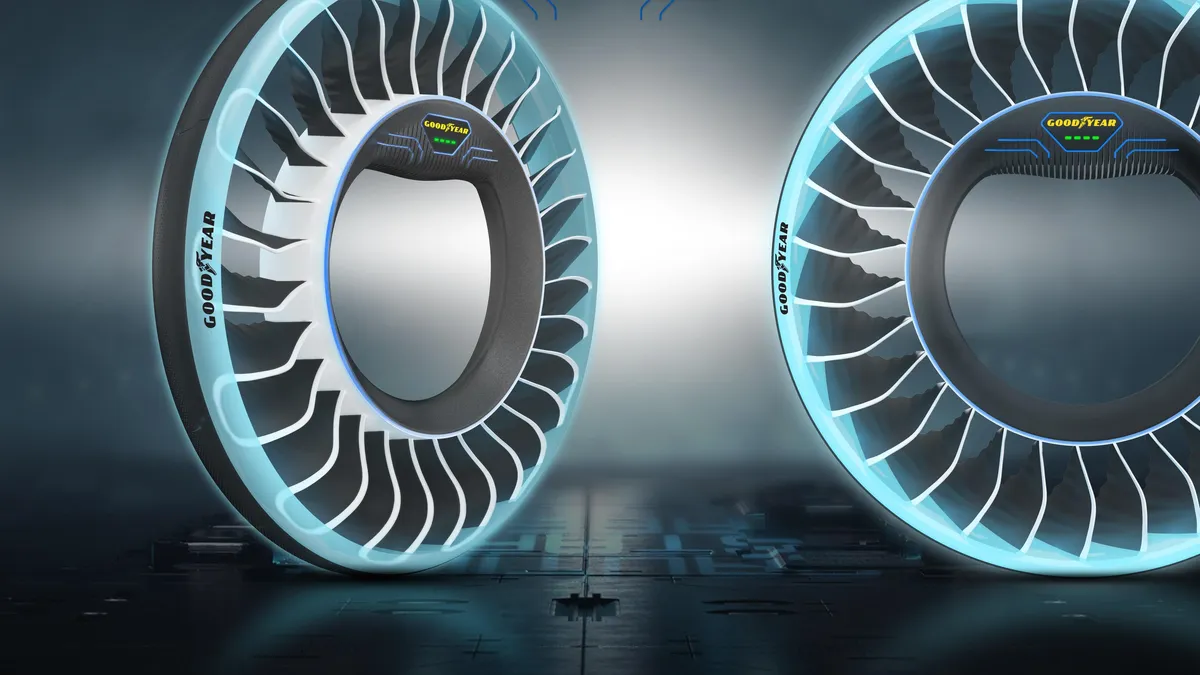
Artificial intelligence and machine learning
Artificial intelligence (AI) and machine learning (ML) are increasingly being integrated into electronic devices to enhance functionality and automation. AI algorithms allow devices to learn from data and improve their performance over time. This technology is widely used in a variety of applications, from personal assistants and navigation systems to advanced robotics and predictive analytics. Machine learning models can analyze vast amounts of data to identify patterns, predict and optimize processes. The integration of artificial intelligence and machine learning in electronics is driving innovation in various industries, including healthcare, finance and manufacturing, offering smarter and more efficient solutions.

MetaFly: a new flight experience
MetaFly, developed by Edwin Van Rooymbeke and his team at BionicBird, is a remote-controlled robot bird. Controlled with a two-channel remote control, MetaFly can fly at a speed of up to 18 kilometers per hour and has a range of 100 meters. Its lightweight design includes a hybrid lithium-polymer battery that provides eight minutes of flight time. The wings are made of carbon fiber and liquid crystal polymer, which provides strength and flexibility.
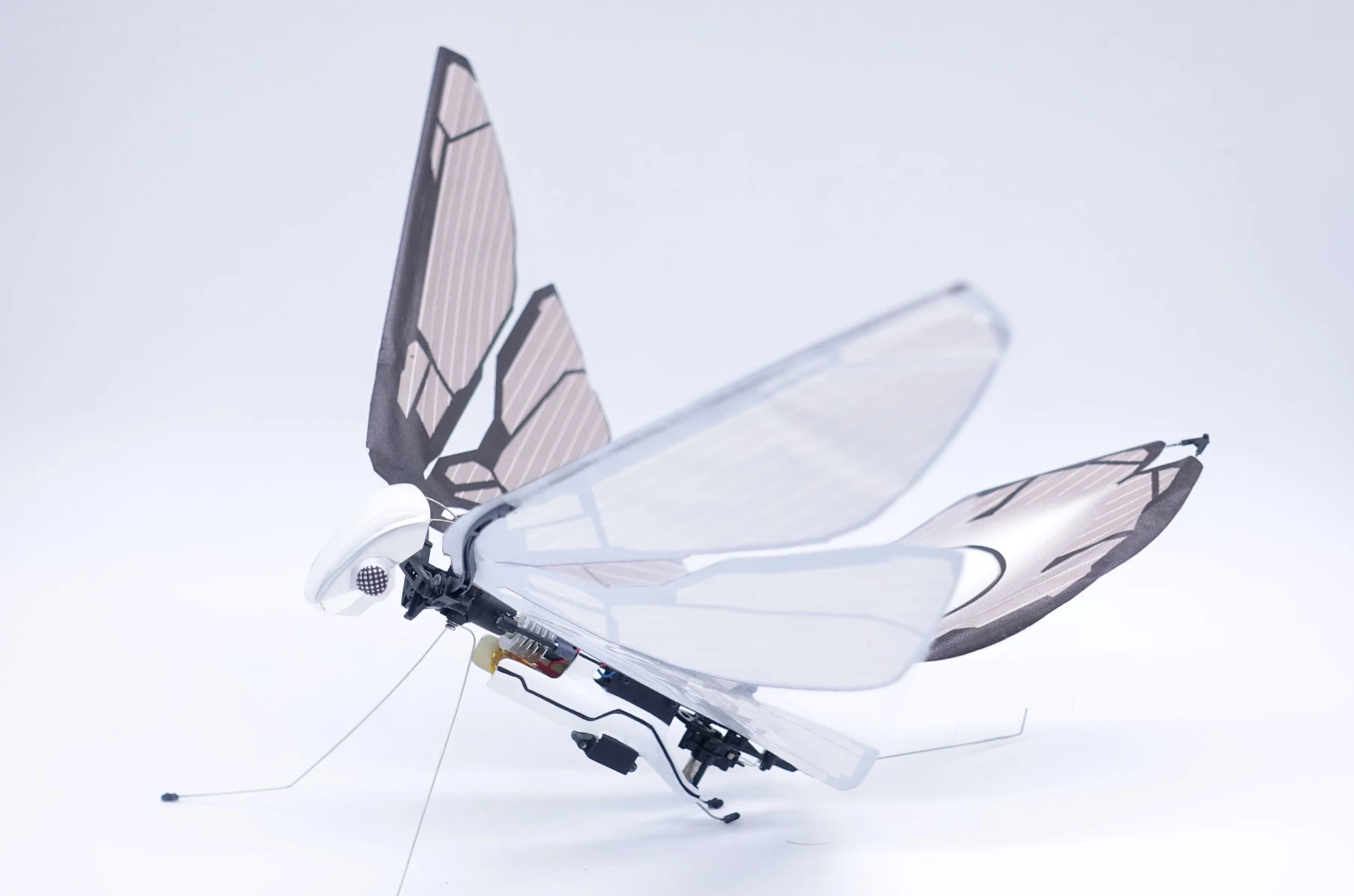
Auracast transmitters
Auracast is a new technology that provides wireless transmission of sound to multiple devices at the same time. This technology is particularly useful in auditoriums, airports and conferences where multiple users need to receive the same audio signal. Auracast transmitters stream audio to compatible receivers, providing clear and synchronized sound for all users. This technology supports various audio formats and can be integrated into existing sound systems, increasing accessibility and convenience. Auracast also offers potential applications in public transport, museums and entertainment venues, making it a versatile solution for a wide range of audio broadcasting needs.
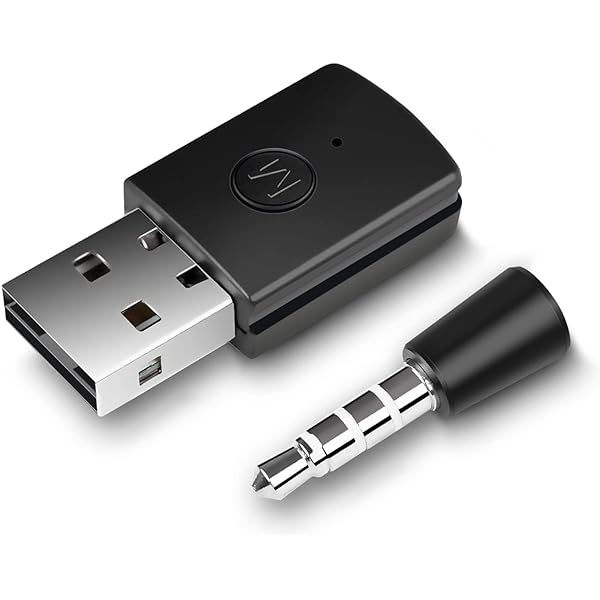
Robotics and automation
Robotics and automation are transforming industry by introducing advanced electronic sensors and control systems. Collaborative robots, or cobots, work side-by-side with humans in a variety of fields, including manufacturing and healthcare. These robots are equipped with sensors and artificial intelligence to perform tasks with high precision and autonomy. Automation technologies simplify processes, reduce the number of human errors and increase efficiency. In production, robots are used for assembly, welding and quality control. In health care, they help during operations, rehabilitation and patient care. Further developments in robotics and automation are expected to revolutionize industry by increasing productivity and operational efficiency.
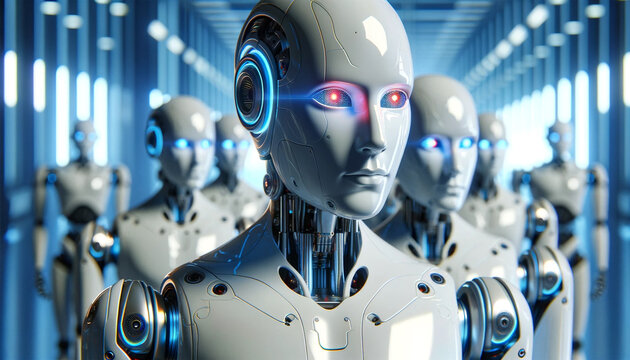
Processors and chips integrated with artificial intelligence
The integration of artificial intelligence into processors and chips is revolutionizing the electronics industry. These AI chips offer enhanced computing power and intelligence that enables devices to perform complex tasks efficiently. From smartphones to self-driving cars, AI chips enable faster data processing, better decision-making and adaptive learning capabilities. Companies such as NVIDIA, Intel, and Qualcomm are leading the way in the development of artificial intelligence processors used in a variety of fields, including gaming, autonomous vehicles, and data centers. Advances in AI chip technology are expected to drive significant growth in the electronics industry, offering increased performance and new functionality.
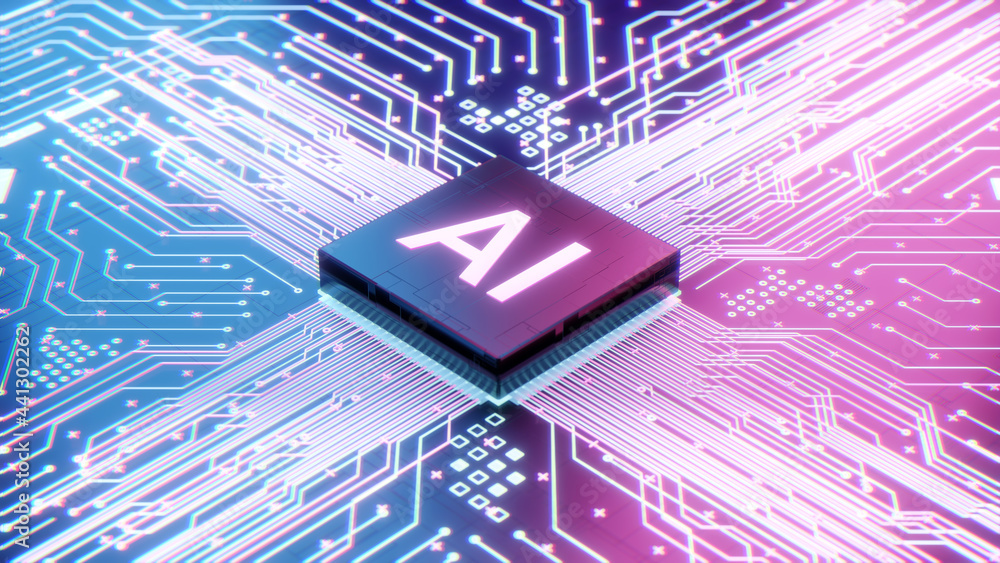
Autonomous devices and intelligent automotive systems
Autonomous devices such as drones and driverless cars are becoming more common. These systems use advanced electronics and artificial intelligence for autonomous navigation and operation. The development of intelligent automotive systems increases the safety, efficiency and convenience of personal and commercial transport. Self-driving cars are equipped with sensors, cameras and artificial intelligence algorithms to detect and respond to their environment. Drones are used for delivery, surveillance and in agriculture. The integration of AI into autonomous systems opens up new opportunities and transforms industries, providing reliable and efficient solutions for complex tasks.
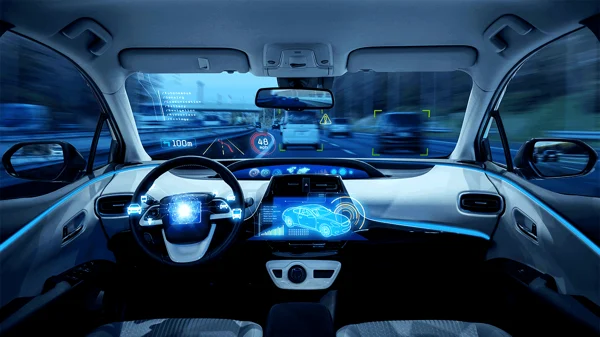
Flexible and portable electronics
The trend towards flexible wearable electronics is growing, fueled by demand for fitness trackers, smartwatches and other wearable devices. Engineers are developing components that can bend and unfold, leading to more convenient and versatile wearable technology. Innovations include electronic textiles and flexible circuits that can be easily integrated into clothing and accessories. These devices can monitor health indicators, provide notifications and interact with other smart devices. The development of flexible wearable electronics is opening up new opportunities in health, fitness and fashion, offering users personalized and convenient solutions.
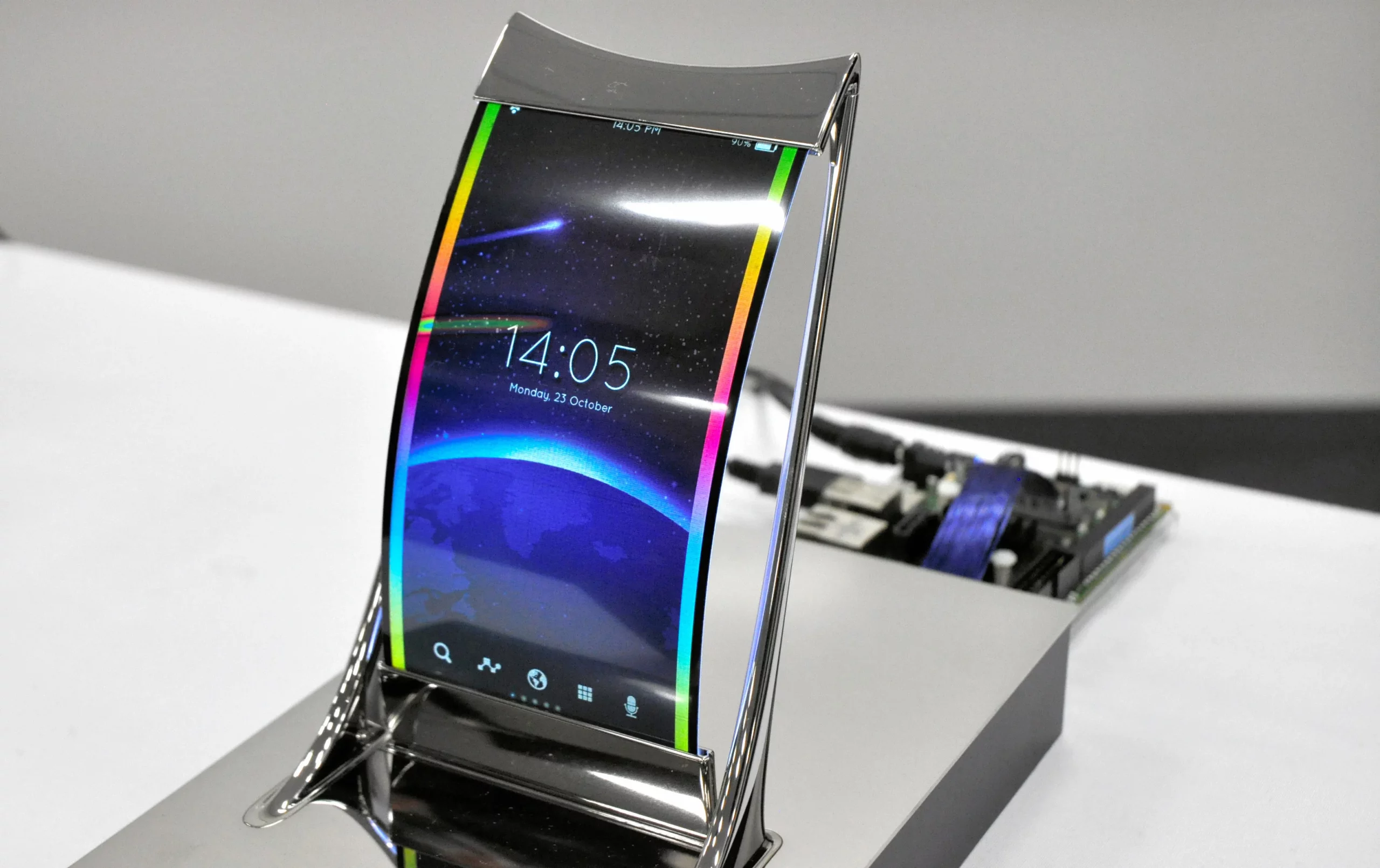
Brain chip implantation technology
Brain chip implant technology connects the brain with electronic devices, offering potential treatments for neurological diseases. Companies like Neuralink are pioneering the field, developing wireless brain chips that can detect and interpret neural signals. These chips promise to revolutionize the treatment of diseases and expand human capabilities. For example, brain chips can help restore movement in paralyzed people, provide control over prosthetic limbs, and improve cognitive function. Further research and development in this field promises significant advances in medical science and human augmentation.
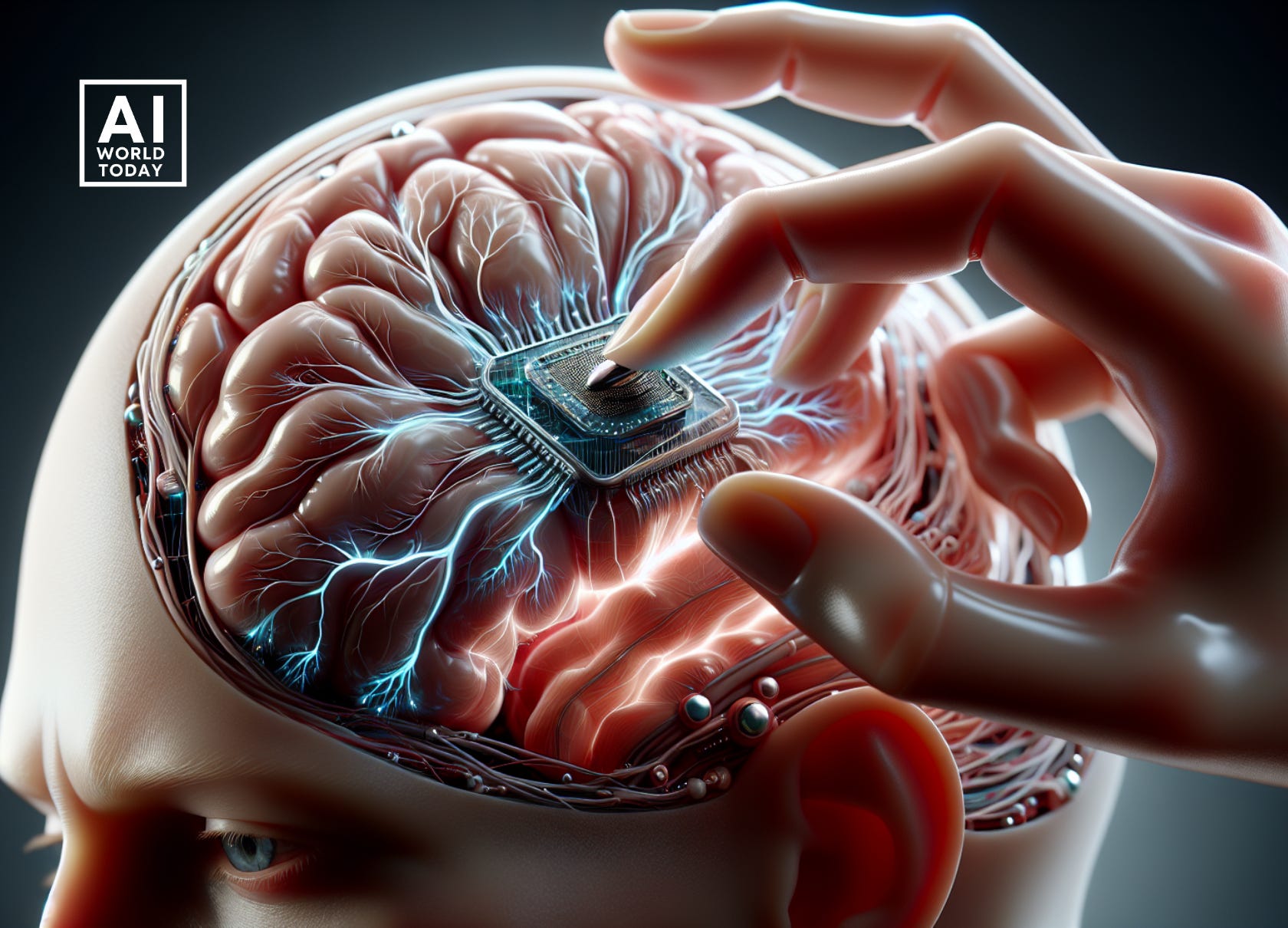
The evolution of augmented reality
Augmented reality (AR) technology overlays digital information on the physical world, improving the user experience in gaming, education, and healthcare. Augmented reality devices use sensors and cameras to provide immersive interactions, allowing users to visualize and interact with virtual objects in real time. Applications of augmented reality include interactive learning, remote assistance and virtual fitting in retail. Companies such as Google, Microsoft and Apple are investing in augmented reality technology, developing new devices and applications that enhance productivity and entertainment. The development of augmented reality creates new opportunities for innovation and transforms the way we interact with the digital world.
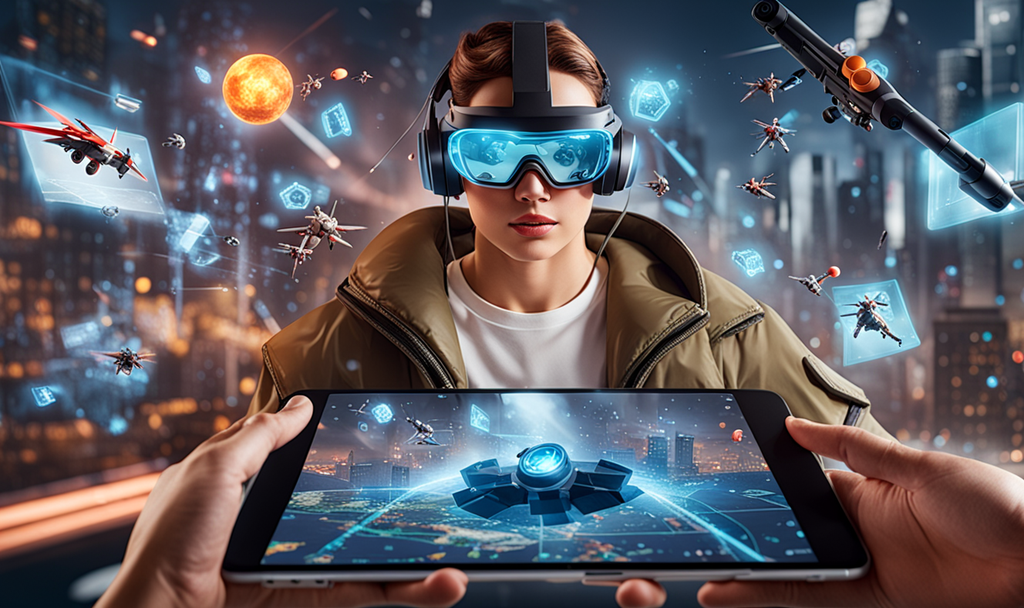
5G technology
The deployment of 5G technology will transform communication, providing faster data transfer speeds and lower latency. This advancement supports real-time communication and enables new applications such as augmented reality and the Internet of Everything (IoE). As 5G networks roll out globally, they will have a significant impact on electronic devices and smart city infrastructure. Improved 5G connectivity enables more efficient communication between devices, enabling smart homes, autonomous vehicles and advanced healthcare solutions. The widespread adoption of 5G technology is expected to stimulate innovation and economic growth, supporting the development of new applications and services.

Biometric technologies
Biometric technologies increase the security and personalization of electronic devices. Fingerprint scanning, facial recognition and voice authentication are becoming standard features of smartphones and other gadgets. These technologies provide secure and convenient methods of identity verification and information access. Biometrics are also used in financial services, healthcare and law enforcement to improve security and streamline operations. The development of biometric technologies is driven by the need to increase the level of security and convenience for users, offering reliable and effective solutions for identity verification and access control.

Internet of Things (IoT)
The Internet of Things (IoT) connects everyday objects to the Internet, enabling seamless communication and automation. IoT devices include smart home systems, industrial sensors, and wearable health monitors. The growing IoT ecosystem is driving innovation in data collection, analysis and management. IoT technologies are being used in a variety of fields, including smart cities, agriculture, and healthcare, to improve efficiency and provide real-time information. The integration of the Internet of Things with artificial intelligence and machine learning enables the creation of more intelligent and autonomous systems, transforming the way we interact with the world around us.
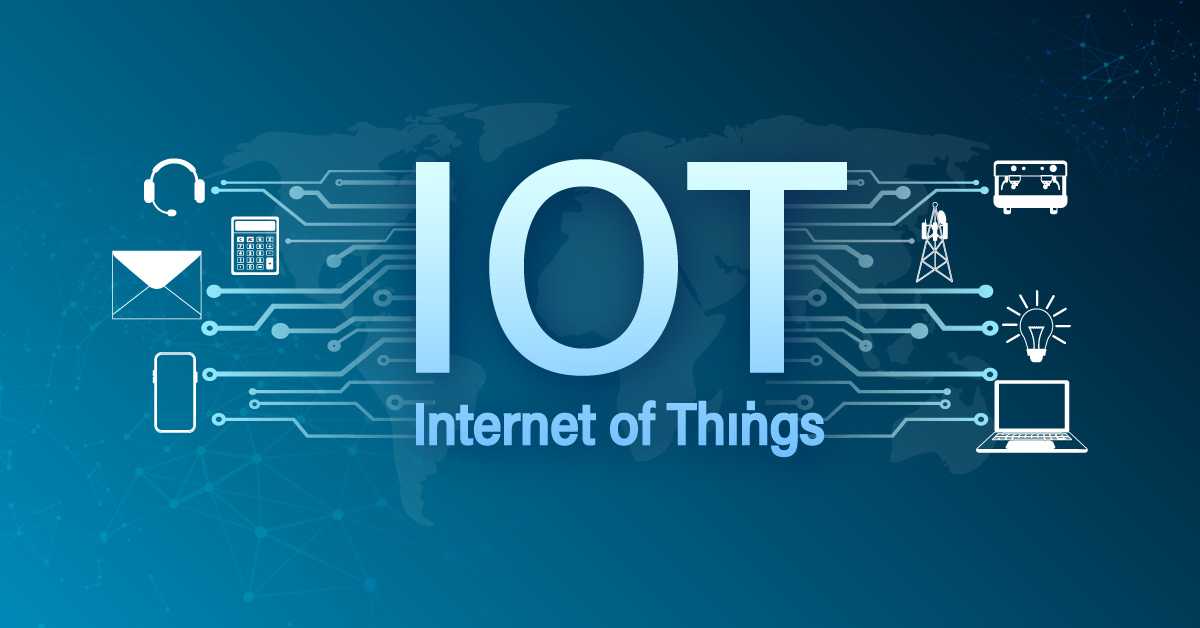
Quantum computing
Quantum computing uses quantum bits (qubits) to perform calculations at unprecedented speeds. This technology has the potential to solve complex problems in fields such as cryptography, materials science, and artificial intelligence. Continuous research and development in the field of quantum computing promises to revolutionize data processing and computing power. Companies such as IBM, Google and Microsoft are leading efforts to develop quantum computers, exploring their potential applications in various industries. Advances in quantum computing are expected to open up new opportunities in scientific research, optimization, and machine learning.

Energy collection
Energy harvesting technologies capture energy from the environment to power electronic devices. Sources include solar, kinetic and thermal energy. This sustainable approach reduces dependence on traditional energy sources and supports the development of self-powered devices. Energy harvesting is used in a variety of fields, including wearable electronics, remote sensing, and Internet of Things devices. The development of energy harvesting technologies is driven by the need for sustainable and efficient power solutions that allow devices to be placed in remote and hard-to-reach places.
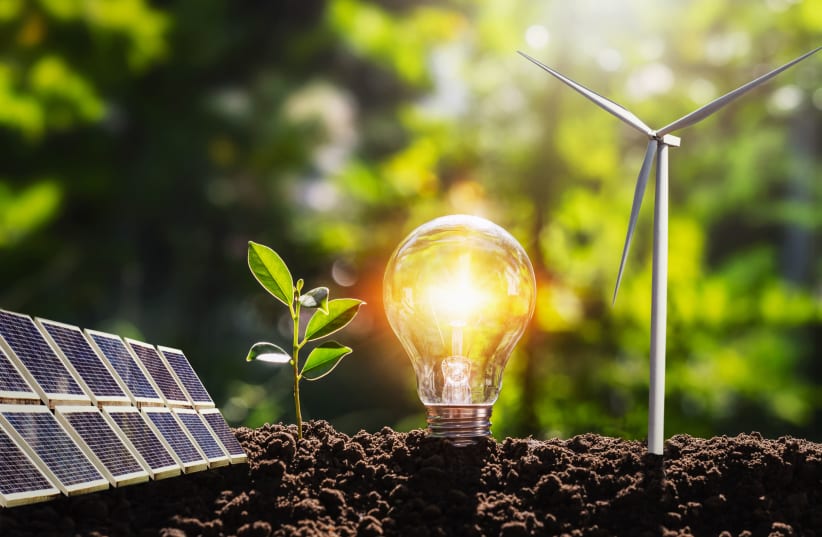
Glasses for live translation
TCL’s RayNeo X2 AR augmented reality glasses offer real-time translation features that allow users to understand conversations in different languages. These glasses also have digital pointers, a camera lens, and the ability to view and respond to text messages. This technology is useful for travelers and in multilingual environments.
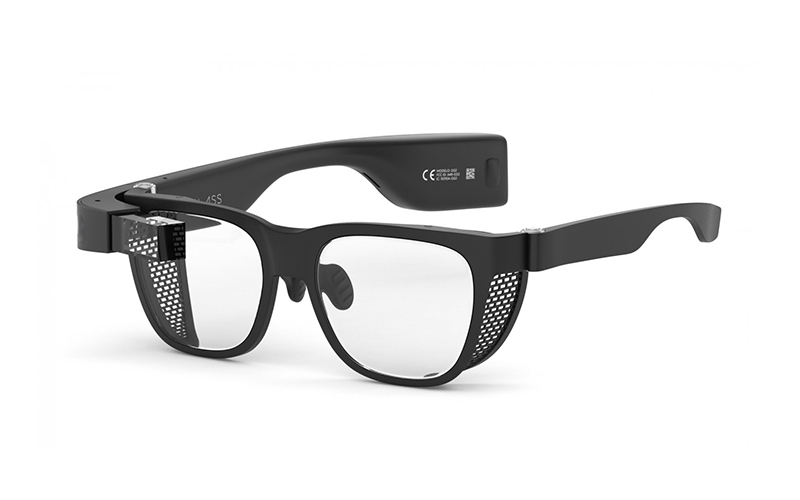
Conclusion
The rapid development of electronics continues to shape the future, introducing revolutionary technologies that improve the way we live and work. From the smallest computer to innovations based on artificial intelligence and quantum computing, these developments highlight the limitless potential of electronics. Staying abreast of these advances and leveraging them means knowing how to navigate the ever-changing technology landscape.